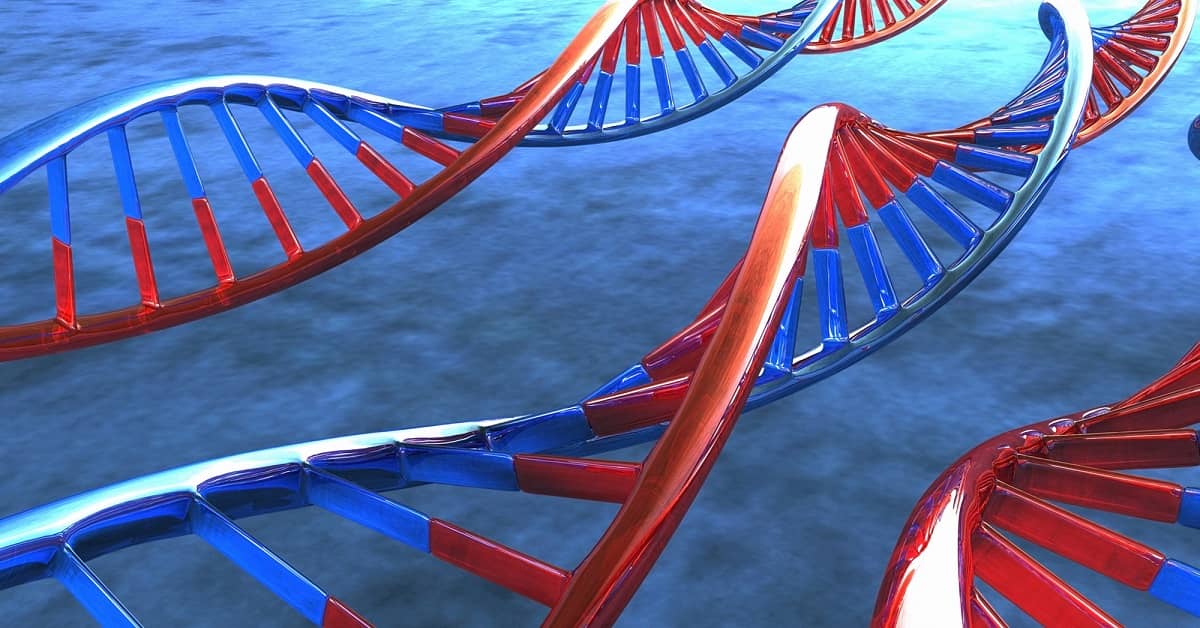
He also put forward a theory, since validated, that dysfunctional mitochondria -- the power stations of the cell -- are a root cause of aging because they lead to ineffective DNA repair.
The answer, he claimed, was to supplement with RNA.
Almost 50 years later, few people supplement with RNA. Should we? Let’s take a look. . .
Virtually all biological processes involve RNA. This molecule transmits instructions from the DNA in the nucleus to the rest of the cell, directing the cell to renew, grow and repair.
As early as 1908, Dr. C.S. Minot proposed that RNA was not only essential for these functions but was also a critical factor in longevity. Twenty years later, Dr. Brailsford Robertson conducted the first research demonstrating this.
Starting at birth, he fed some mice an "excessive abundance" of RNA derived from yeast. The result was eye-popping. The supplement extended their lives by 12.5% to 17% compared to the control mice who received no RNA.
Even Worked For Old Mice
In 1946, organic chemist Thomas Gardner used a far smaller dose and started treatment when the mice were elderly. Even so, there was a trend towards increased longevity and the mice were more energetic.The next experiments were conducted by Dr. Max Odens in the early 1970s. He injected a solution of DNA and RNA into ten geriatric rats. After three months the old codgers were more nimble and looked younger.
Meanwhile, the control rats, he wrote, "looked old, moved slowly, did not eat much and had lost weight. The difference was remarkable."
All controls died within their usual lifespan of 800 to 900 days, but four of the active group lived 1,600 to 1,900 days and one lived to 2,250 days.
That's nearly twice their average lifespan!
Cells Need Less Oxygen
But it took Dr. Frank, scientist and physician, to pioneer RNA as an anti-aging therapy.He believed damage inflicted by free radicals on DNA and proteins could only be countered, and existing damage repaired, by boosting both cellular energy and the raw material building blocks of the cell.
RNA fits the bill perfectly. Combined with vitamins, especially the B group, as well as minerals and amino acids, he theorized the combo entered the cells to normalize, repair and regenerate metabolic dysfunction together with better and more efficient utilization of oxygen.
He listed the benefits of RNA therapy as improved cognition, enhanced immunity, increased energy and muscular strength, better tolerance to exercise and low temperatures, and improved skin -- less wrinkling, increased elasticity and better tone.
He even demonstrated its potential to extend life in two dogs, aged 14 and 16. Arthritic, almost blind, and suffering from heart disease, a vet had estimated they would live no more than a few months.
After Dr. Frank administered RNA and other nutrients, he noted a dramatic improvement in both. They became more active with fuller and softer coats. They both went on to live another six years.
Younger-Looking Skin
Dr. Frank also developed a highly concentrated RNA cream. His theory was that increased cellular energy and improved oxygen metabolism would help aging cells restore repair mechanisms and enable young cells to move to the surface to replace the old ones.He claimed striking effects were seen on the face, with healthier, rosier looking and smoother skin, all within weeks. After several months the skin tightened and wrinkles diminished. Today, many cosmetic companies incorporate RNA in their products.
Taking RNA orally also benefited the skin. Liver spots often disappeared and there was a decrease in the size and pigmentation of senile skin growths.
RNA From Your Diet
Dr. Frank's "No Aging Diet" called for eating a small tin of sardines, which are very high in RNA, four days a week, and other seafood on the other days. (With today's polluted waters I’m not sure eating this much fish is such a good idea. Sardines, low on the food chain, have few heavy metals like mercury so they’re ideal fish in that respect.)Dr. Frank also recommends calves liver or other organ meats once a week; beets, lentils, peas, and lima beans, once or twice a week. Asparagus, radishes, onions, scallions, mushrooms, spinach, cauliflower or celery should be eaten daily.
Since foods high in RNA and DNA could potentially create too much acid waste in the body, he recommends drinking plenty of fluids each day, and also cautions that people with gout or kidney problems would need to monitor the pH of their urine with test sticks.
RNA supplements are readily available and -- unknown in Dr. Frank's time -- chlorella is also extremely high in RNA.
- The Encyclopedia of Anti-Aging Breakthroughs, Medical Research Associates 2011
- http://www.integratedhealthblog.com/dietary-nucleic-acids-benjamin-s-frank-part-one/
- http://www.integratedhealthblog.com/dietary-nucleic-acids-benjamin-s-frank-part-two/
